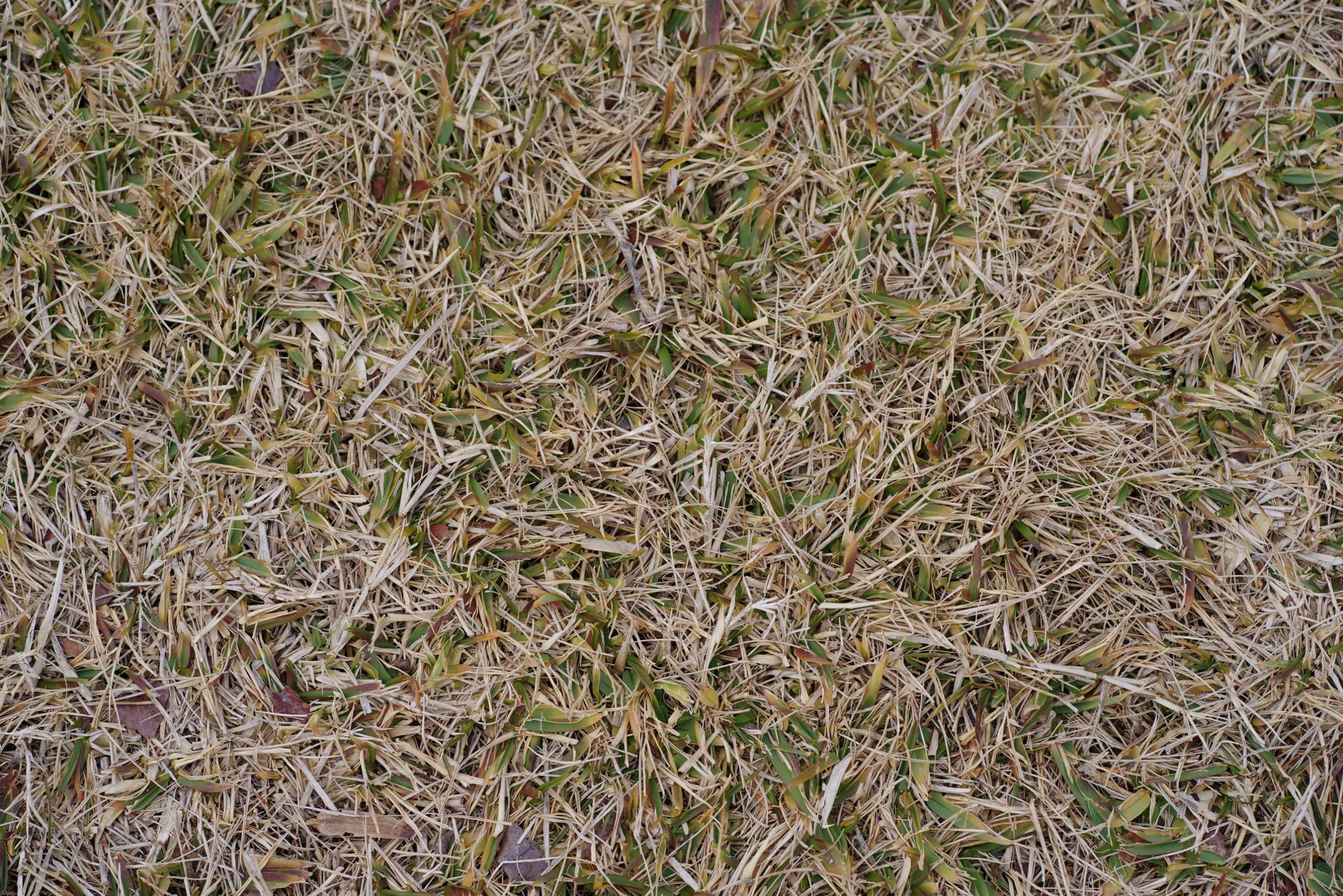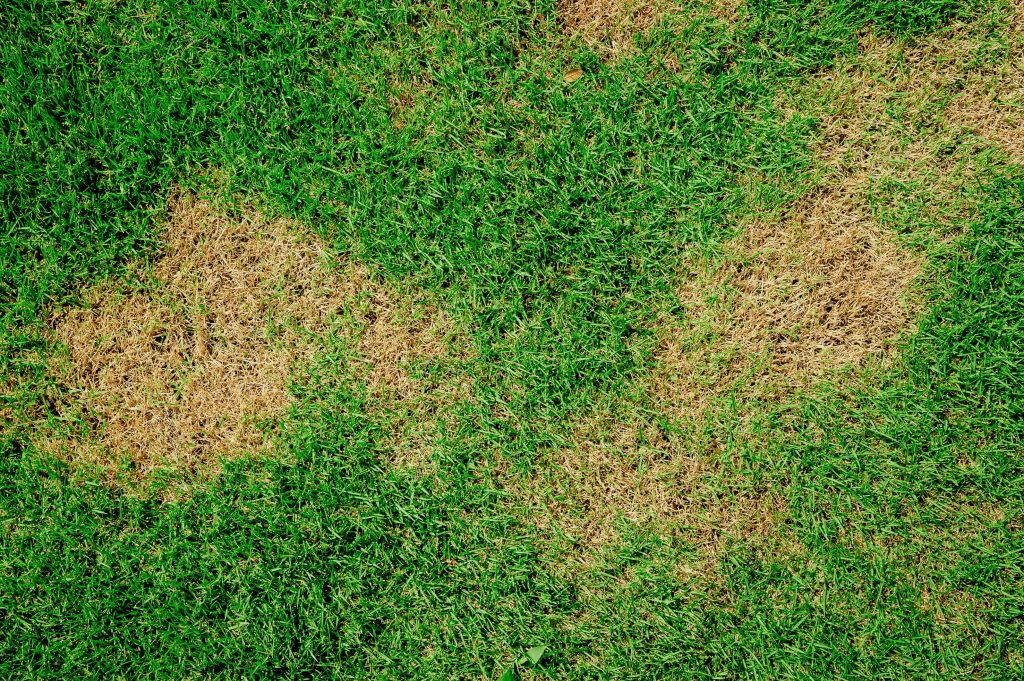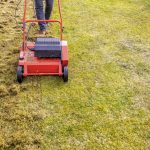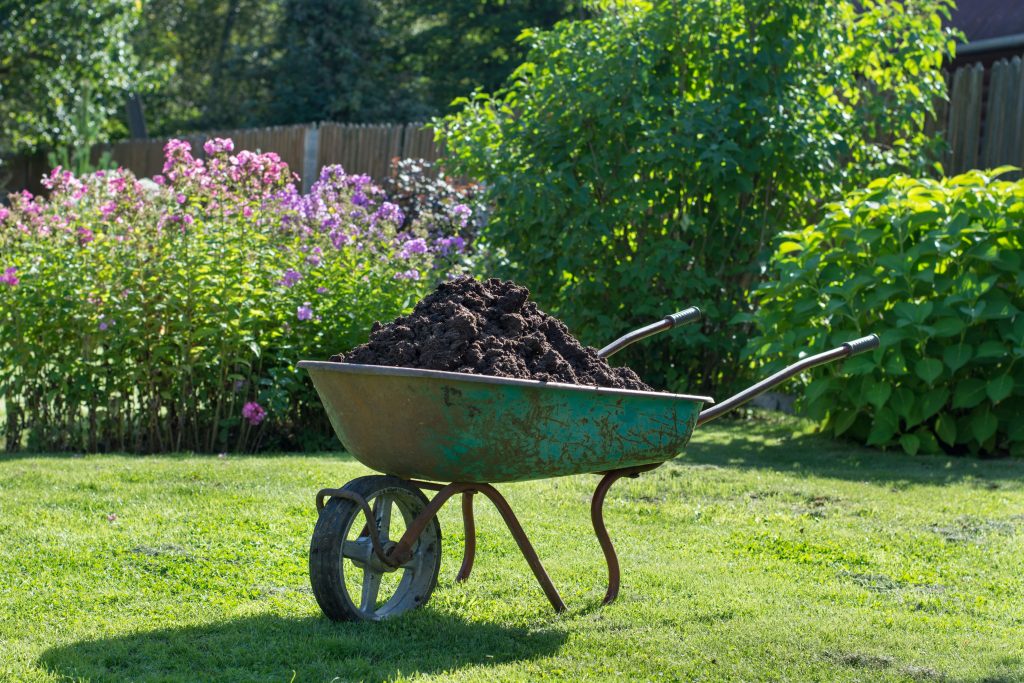Curious about what scarifying is, and whether or not you should scarify your lawn?
In this guide, we’ve explained everything you need to know about scarifying your lawn, including why and how to scarify, and the benefits of scarification as a part of your lawn care routine.
Contents
- What is scarifying a lawn?
- Why scarify your lawn?
- When is the best time to scarify your lawn?
- My scarified lawn looks terrible
- Lawn raking vs scarifying
- How to scarify your lawn
What is scarifying a lawn?

Scarifying is the process of removing excess organic matter from the surface of your lawn and around the stems of the grass plants. By scarifying your lawn, you’ll be able to debris such as leaves, moss, and old lawn clippings, as well as thatch.
Doing scarification with a proper lawn scarifier machine generally also involves digging into the soil slightly, making shallow incisions to dig out thatch and improve lawn aeration.
Why scarify your lawn?
Scarifying helps to improve the health of your lawn in a few different ways.
Firstly, by removing thatch, you’re making it easier for sunlight and warmth to reach the stems and roots of your grass, helping to facilitate photosynthesis.
And secondly, by removing dead organic matter, you’re improving airflow to the roots of the grass, allowing it to breath. The amount of aeration will depend on how deep you make the incisions into the soil as you scarify. But even if you just rake away the thatch, this will still help your lawn get more air amongst the grass blades, helping with aeration.
With a proper lawn scarifier, you’ll also be able to cut the stolons, which are lateral shoots of grass that your lawn mower can’t reach, encouraging healthier grass growth.
When is the best time to scarify your lawn?
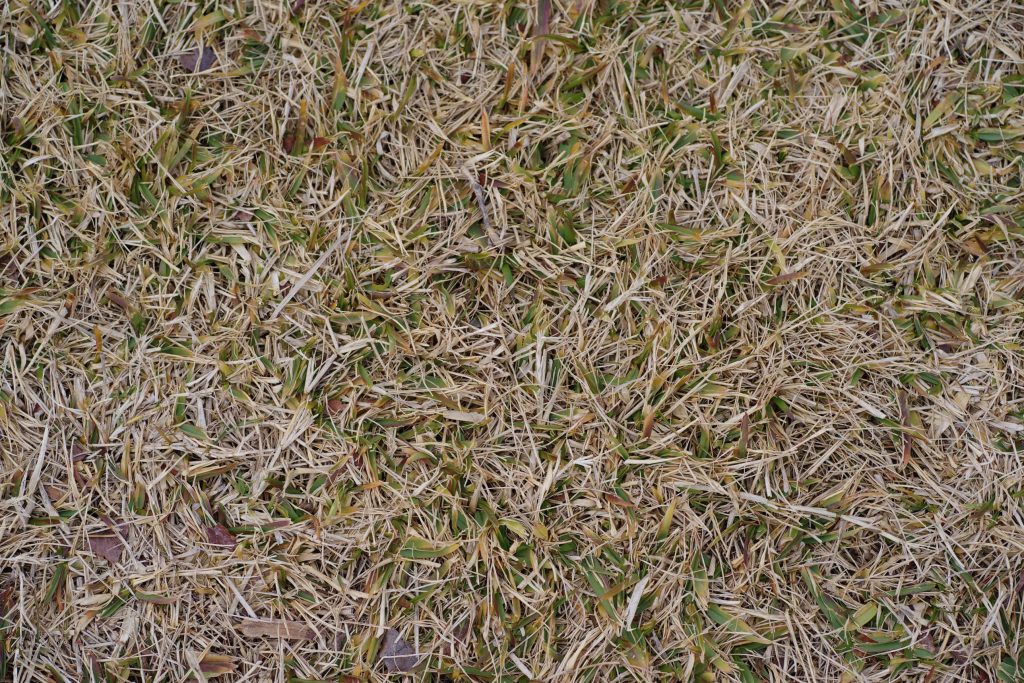
You only ever want to do scarification when all of the following conditions are met:
- The grass is well established. You don’t want to scarify new sod, as this can cause a lot of damage to the root system.
- It’s been at least a year since you last scarified your lawn. It’s recommended that you scarify your lawn at most once every year, and up to once every three years. If you scarify more frequently, you will want to be less aggressive with the scarifier – you don’t need to remove as much organic material with each scarification if you do it more often.
- You have a decent thatch buildup, more than half an inch deep. It’s normal to have a certain amount of thatch, as it helps the grass to retain moisture in the height of summer. Therefore, you don’t want to scarify your lawn when there isn’t a significant thatch buildup.
- It’s either mid-spring or mid-autumn. When you scarify your lawn, you want to give it the chance to recover quickly. Therefore, you want to scarify when your grass is growing at its fastest, in spring or autumn.
- Your lawn is not too damp or too cold. You want it to be relatively dry and the weather to be mild or warm before you scarify.
My scarified lawn looks terrible
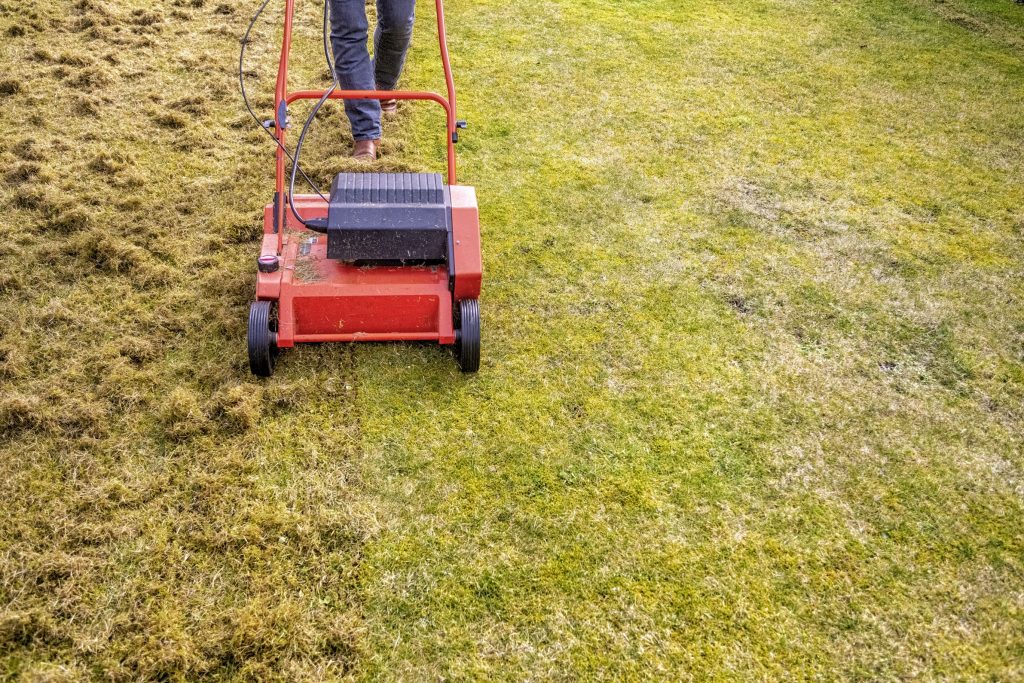
After scarifying a lawn, it’s normal for it to look terrible for a few weeks. This is because as you remove moss and other organic matter, it’s inevitable that you’ll remove some of the grass as well, especially if it’s wet.
It will take your lawn a bit of time to recover from scarification, which is why you want to avoid scarification when your lawn is dormant, such as during the winter or the middle of summer.
If you haven’t scarified yet, it’s often best to wait until autumn, when you’re not planning on getting much use out of your lawn for the rest of the year. If you scarify your lawn in autumn, it won’t matter as much how it looks for the next few weeks.
Lawn raking vs scarifying
Technically, you can use a spring tine rake to scarify your lawn. This causes confusion when people talk about raking and scarifying as lawn care separate activities. There are also electric lawn rakes, which are slightly different to electric scarifiers, but are often described as the same type of machine.
In most cases, lawn raking implies a lighter, less intensive process of clearing debris from the surface of your lawn. On the other hand, scarification refers to clearing thatch buildup, which is the source of issues such as moss. Scarification is a more intensive process, and often involves digging into the soil slightly to really claw out the thatch from around the base of the grass plants.
How to scarify your lawn

Here’s a basic outline of how to scarify your lawn.
- Decide whether you’re doing a light or heavy scarification. If you’re only looking to remove some surface debris, then using a regular garden rake or an electric raker will be fine. But if you need to clear a deep thatch buildup, it might be worth buying or renting a petrol lawn scarifier.
- Mow the lawn nice and short, making sure to bag the clippings.
- With the rake or the scarifier, work across your lawn in strips. Use only a moderate amount of force with the rake, or use a relatively shallow working depth with a petrol scarifier. You want to be gentle, gradually teasing out the thatch.
- Make 2-3 passes in opposite directions to gradually remove the debris. If doing a heavy scarification, you can gradually lower the working depth with each run to pull out deep-rooted thatch. Only make a maximum of two passes if doing a light scarification.
- Use a large rake to clear up as much debris as possible. You can use a leaf blower to remove dead plant matter from the surface of your lawn more efficiently.

I’m Josh, and I’m the head writer at Lawn Care Pro.
I love everything lawns, but I’m a bit of a lawn mower nerd. I spend a lot of my free time tinkering with mowers, and planning my mowing schedule for the next few weeks.
I’m also into cars, which comes in very helpful when servicing a mower engine!

